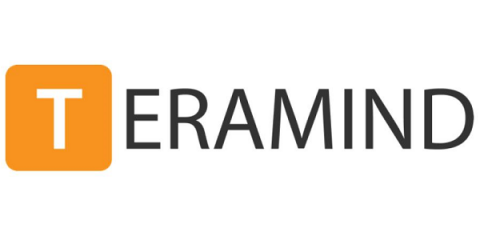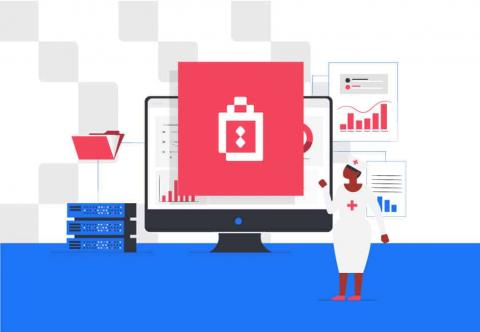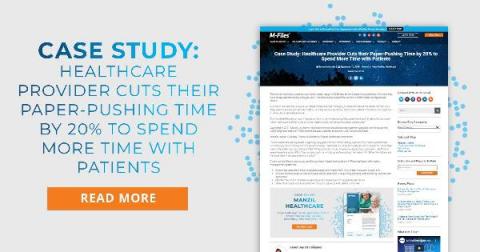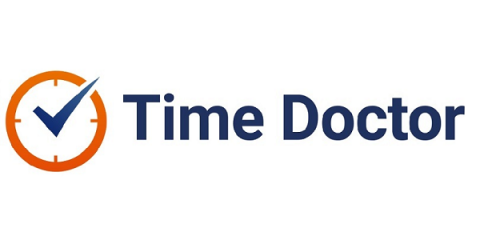3 ways healthtech startups are improving the patient experience
Never has the need for practical, accessible healthcare technology been more important. In the ongoing aftermath of COVID-19, healthtech startups around the world are rising to the occasion (and raising huge funding rounds) to help reimagine the healthcare industry.









